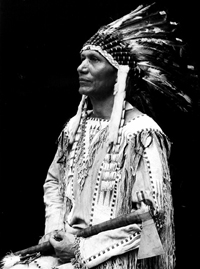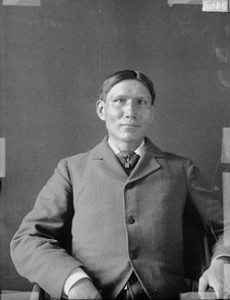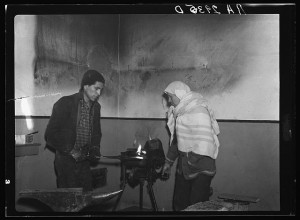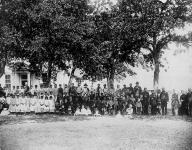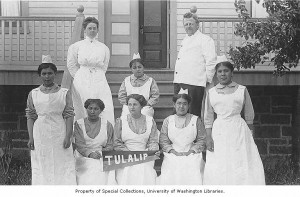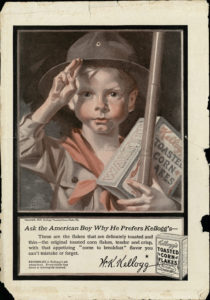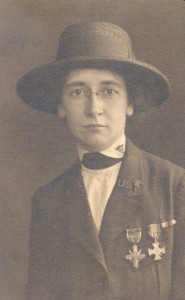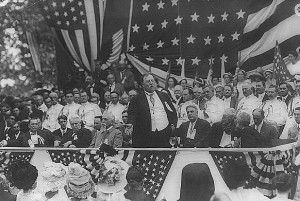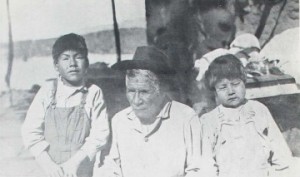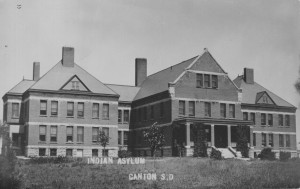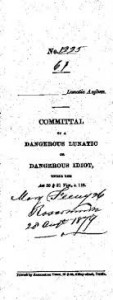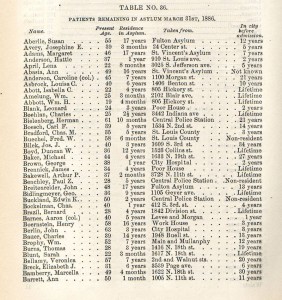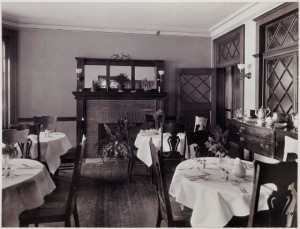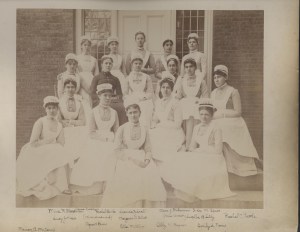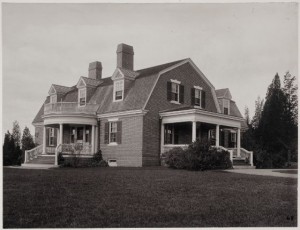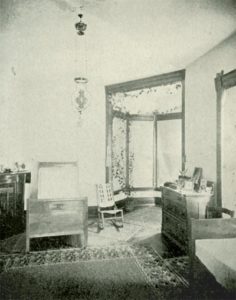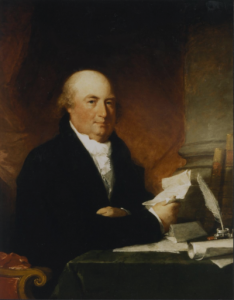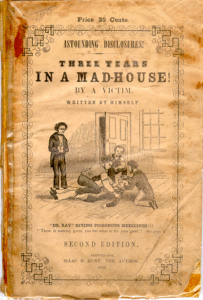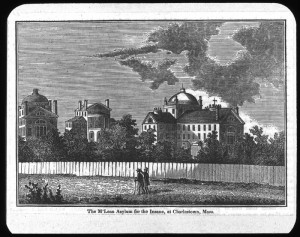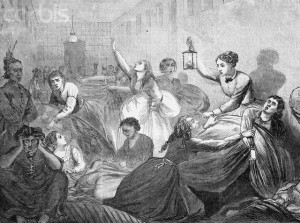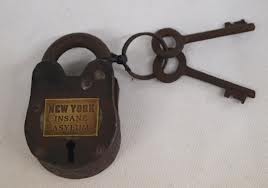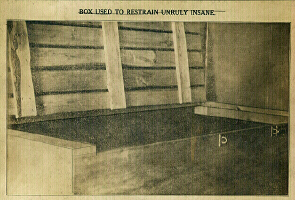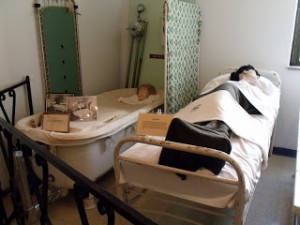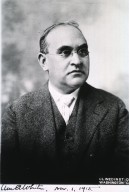The Indian Office liked to hire Native Americans who had been educated in its boarding school system, figuring that graduates would be more familiar with white American culture than people who had stayed on reservations. Unfortunately, many boarding school educations prepared students for entry level work rather than supervisory positions. Students frequently spent half their school day in manual labor rather than academics, and then worked as servants in white homes during vacations.
Charles Eastman (1858-1939) was an exception to this typical educational path. He attended mission schools and later Beloit (a private college), before graduating from Dartmouth in 1887. He then attended Boston University, graduated in 1889, and became the first Native American with a certified European-type medical degree. Eastman worked in the Indian Health Service within the Bureau of Indian Affairs (known at that time as the Indian Office) and was able to minister to Native Americans casualties at Wounded Knee.
______________________________________________________________________________________

